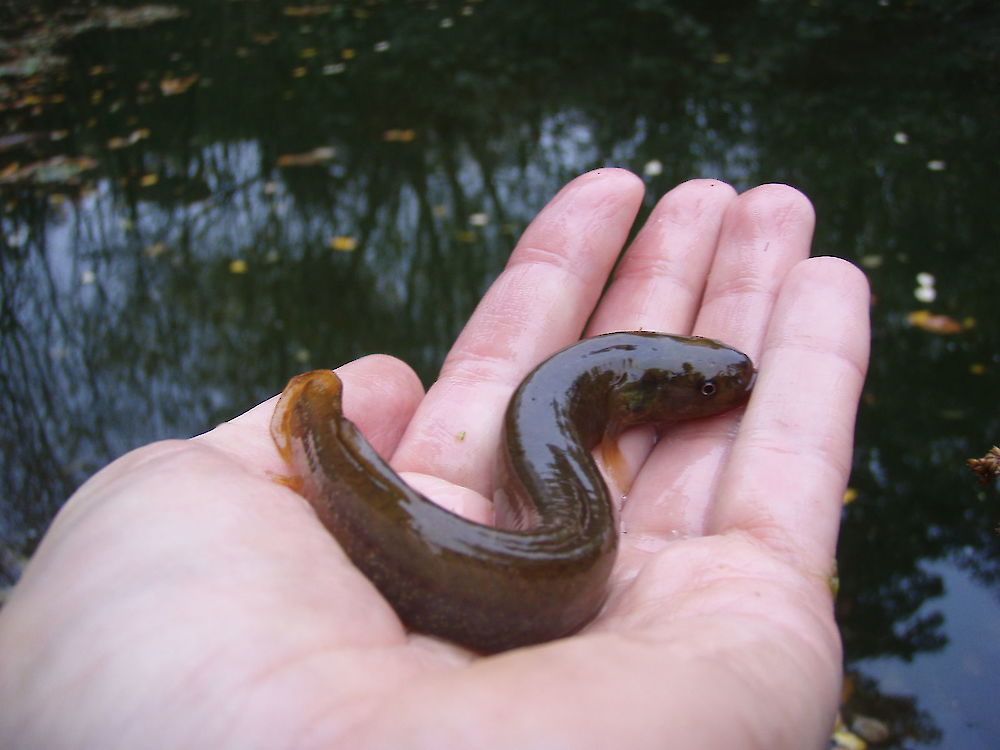Canterbury mudfish
(Neochanna burrowsius)

Description
The Canterbury mudfish (Neochanna burrowsius), also known as the kowaro, is found only on the Canterbury Plains in New Zealand. Like other Neochanna species, it is a small, tubular and flexible fish which lacks scales. They are able to survive out of water in damp refuges if its wetland habitat dries out periodically over summer. The first Canterbury mudfish was described by W J Phillipps in 1926, from a specimen sent to him by Mr A. Burrows, a farmer from Oxford, North Canterbury. They were sent to him "alive in a tin box together with a quantity of damp earth, sent by parcel-post on a journey lasting over thirty hours, and arrived alive and extremely active." Although Mr Burrows reported that he had found the fish aestivating in holes in the bank, the mudfish is named after the farmer rather than burrowing behaviour. The Canterbury mudfish is tubular and flexible, with small but fleshy fins. The head is small and blunt, with small eyes and mouth and small tubular nostrils. Like the Chatham mudfish, the Canterbury mudfish retains very small pelvic fins, which are absent in the other three mainland New Zealand Neochanna. The pelvic fins only have 4 or 5 rays, rather than the 7 rays standard in other Galaxiidae. Adults often grow to 120 mm (4.7 in) total length, with a maximum of at least 150 mm (5.9 in). They are light brown or milky brown, with darker speckles that extend onto the fleshy flanges on the rear fins. Sometimes they have small gold flecks. Canterbury mudfish are found from just north of Christchurch south to the Waitaki River. They currently occupy springs, water races, and drains, but previously would have inhabited the abundant wetlands of the Canterbury Plains, before these were drained for farming.
Taxonomic tree:







